HMPV Virus 2025: Symptoms, Transmission & Prevention Guide

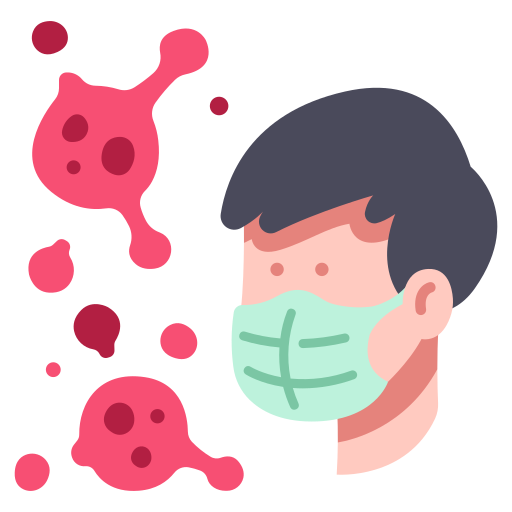
What is HMPV Virus?
HMPV Virus (Human Metapneumovirus) is a respiratory virus first identified in 2001 by Dutch researchers. Belonging to the Paramyxoviridae family, it primarily affects the respiratory system, causing infections in children, elderly individuals, and those with weakened immune systems. While similar to the Respiratory Syncytial Virus (RSV), HMPV Virus has unique characteristics that make it a growing concern in recent years.
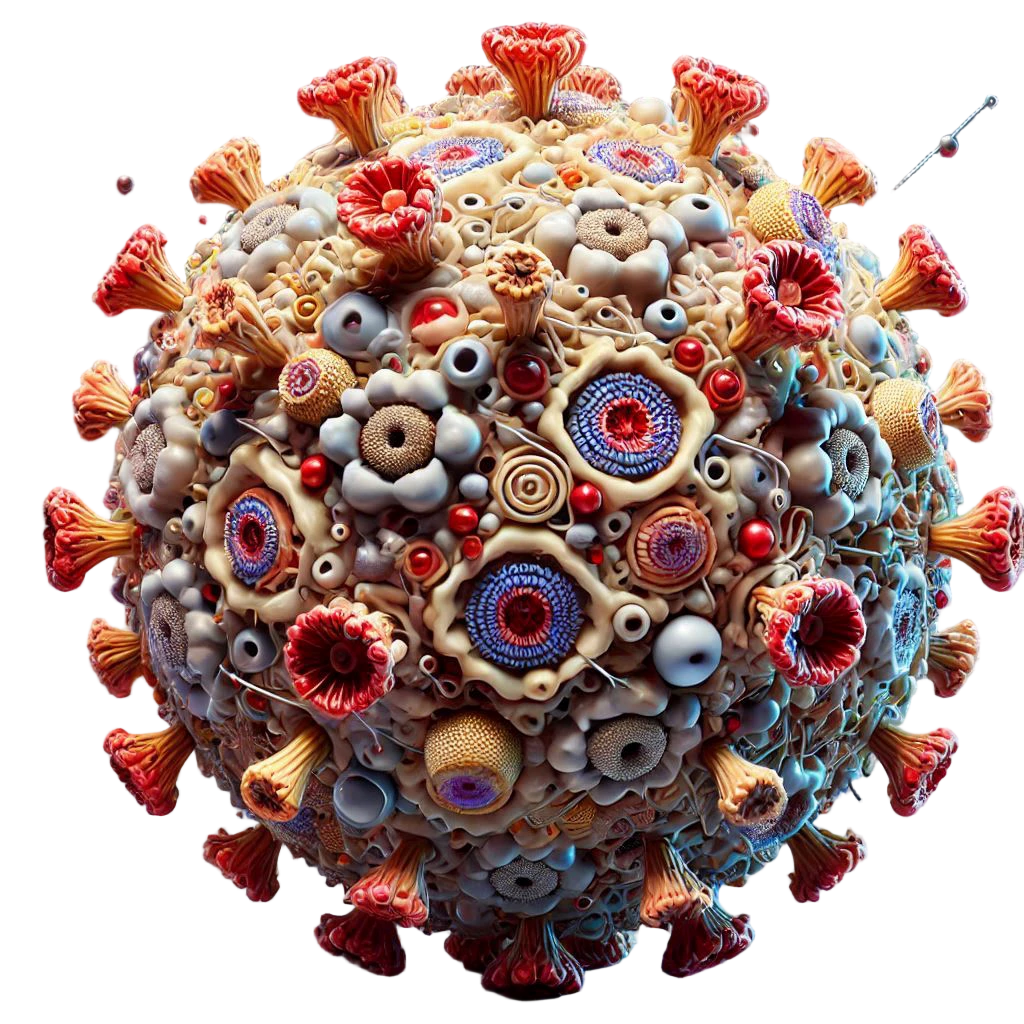

Why is HMPV in the News
In the post-COVID-19 era, global immunity gaps have made populations more vulnerable to infections like HMPV Virus. Countries such as China, India, USA, UK, and Japan are seeing a resurgence in HMPV Virus cases, with children and elderly individuals being the most affected.
- China: Pediatric hospitals are overwhelmed with HMPV Virus cases due to crowded urban areas and low immunity levels.
- India: Reports indicate increased infections among school-going children.
- USA & UK: Winter seasons see a sharp rise in HMPV Virus cases, especially in daycare centers and nursing homes.
- Japan: Strict hygiene protocols in schools have been implemented to curb outbreaks.

Key Facts About Human Metapneumovirus (HMPV Virus)
|
Attribute
 |
Details
 |
|---|---|
|
Full Name
|
Human Metapneumovirus (HMPV)
|
|
Discovery
|
Identified in 2001 by Dutch researchers
|
|
Vaccine Status
|
No vaccine available yet; research is ongoing.
|
|
Global Cases
|
Millions of cases reported annually, especially in children and older adults.
|
|
Fatalities
|
Thousands of deaths in severe cases, particularly in vulnerable groups.
|
|
Transmission
|
Spreads via respiratory droplets and contaminated surfaces.
|
|
High-Risk Groups
|
Children under 5 years, Elderly individuals, People with weak immune systems
|
|
Common Symptoms
|
Fever, cough, runny nose, fatigue, and severe respiratory issues like pneumonia.
|
|
Affected Countries
|
Significant outbreaks in the USA, China, India, UK, and Japan, particularly during the winter season.
|
|
Prevention Tips
|
Regular handwashing, Avoid close contact with sick individuals, Use masks in crowded areas
|

Symptoms of HMPV Virus
HMPV Virus symptoms vary depending on age and overall health:
- Mild Symptoms: Runny nose, sore throat, fever, cough, fatigue.
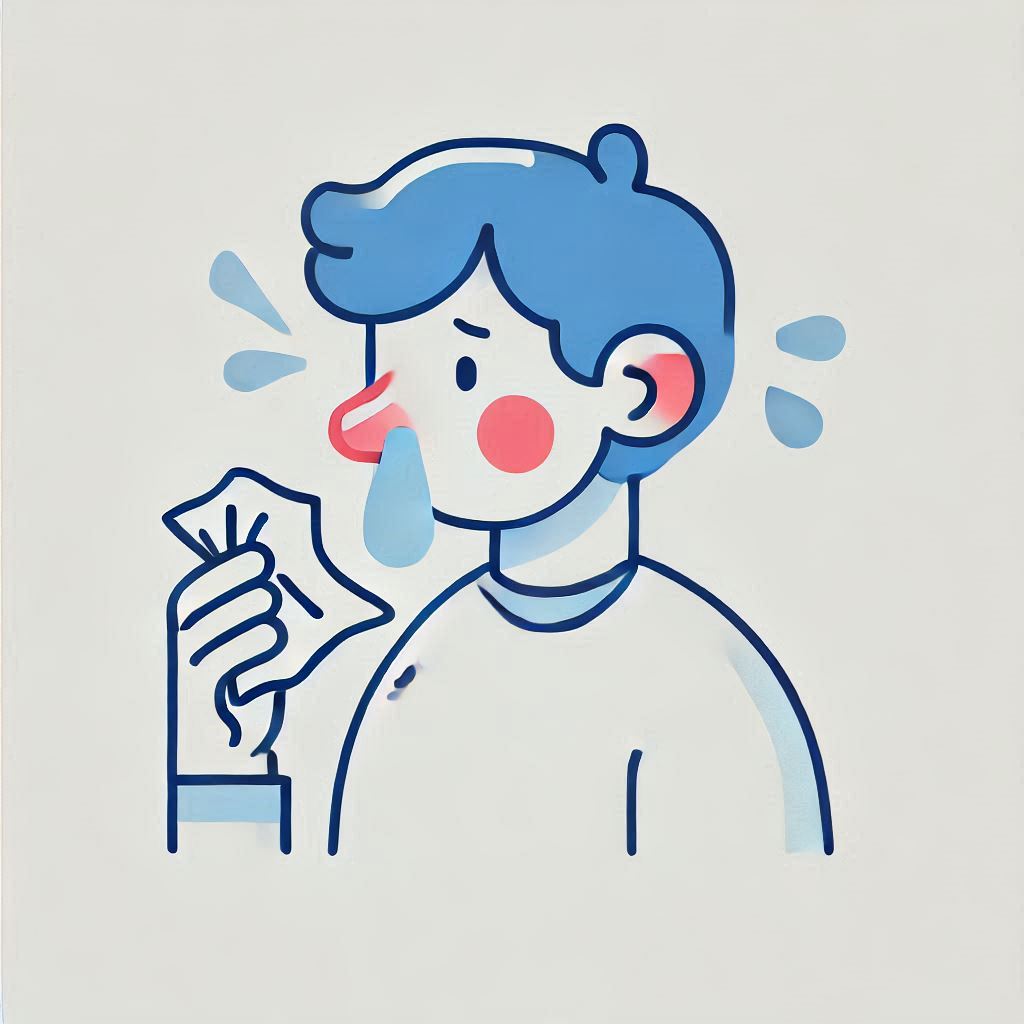
Runny Nose

Sore Throat

Cough
- Severe Symptoms: Difficulty breathing, wheezing, rapid heartbeat, and pneumonia.

Rapid Heartbeat
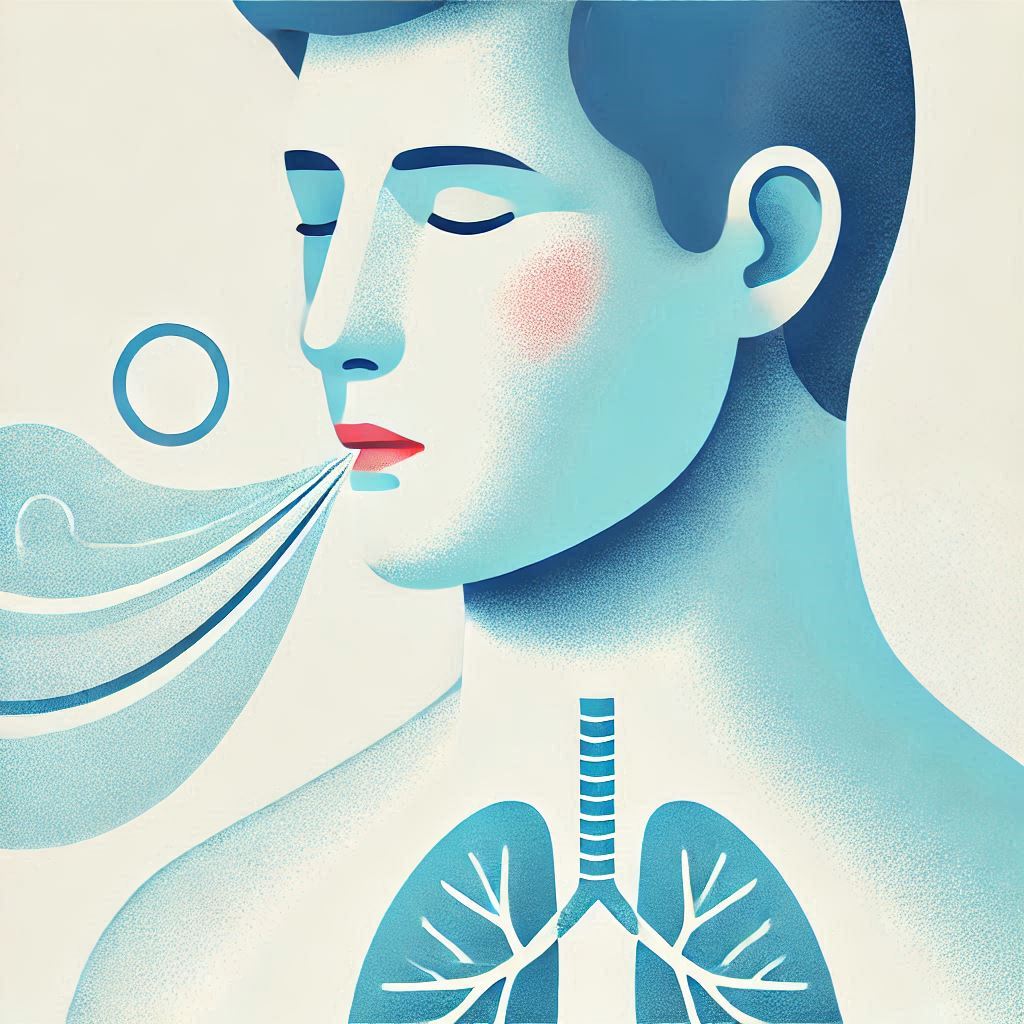
Wheezing
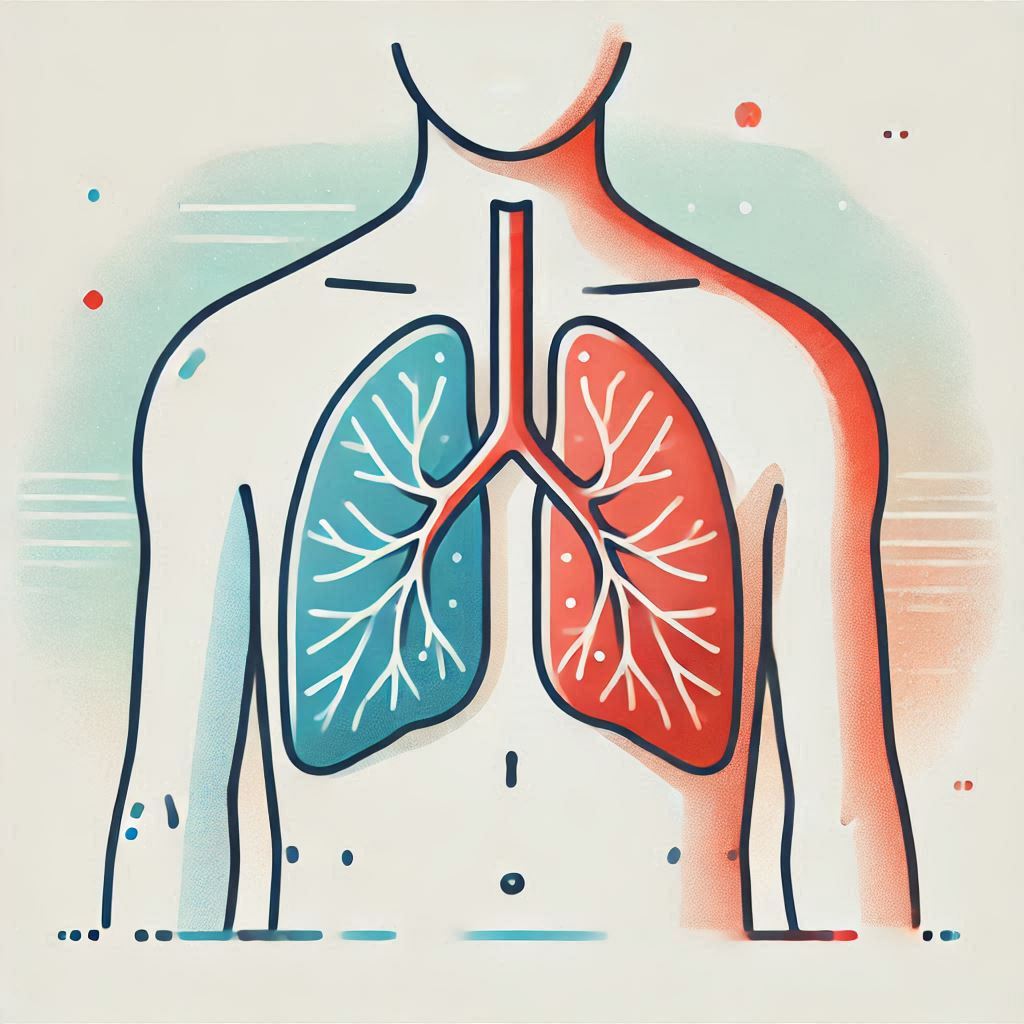
Pneumonia

How Does HMPV Virus Spread?
HMPV Virus spreads through:
- Respiratory droplets from sneezing or coughing.
- Contact with contaminated surfaces, such as mobile phones, desks, or door handles.
- Close interaction in crowded places like schools and hospitals.
Key Insight: The virus spreads faster during winter due to increased indoor activities and crowding.
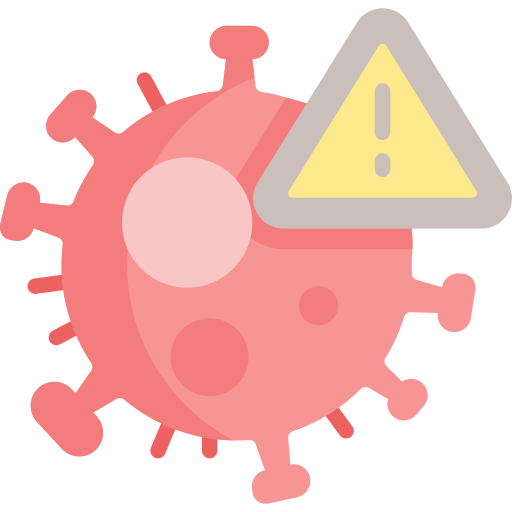
HMPV Virus vs. COVID-19 Virus: Which is More Dangerous?
While both viruses target the respiratory system, their impact differs significantly:
|
Attribute
 |
HMPV
|
COVID-19
|
|---|---|---|
|
Vaccine Availability
|
No vaccine
|
Multiple vaccine options
|
|
Global Impact
|
Seasonal outbreaks
|
Global pandemics
|
|
Transmission Speed
|
Slower; symptoms are visible
|
Faster; asymptomatic carriers
|
|
Mortality Risk
|
High in vulnerable groups
|
Higher across all populations
|
Conclusion: COVID-19 Virus is more widespread and dangerous overall, but HMPV Virus poses significant risks to vulnerable populations if untreated.
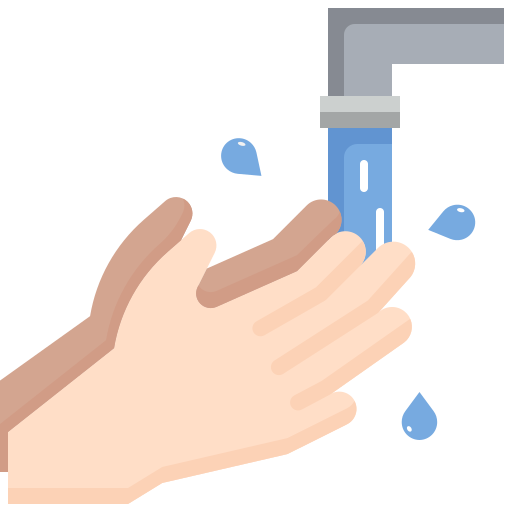
Prevention Tips for HMPV Virus
Currently, there’s no specific antiviral treatment or vaccine for HMPV Virus. However, preventive measures can reduce its spread:
- Wash Hands Frequently: Use soap and water for at least 20 seconds.
- Disinfect Common Surfaces: Regularly clean objects like mobile phones and doorknobs.
- Wear Masks: Especially in crowded or high-risk areas.
- Avoid Close Contact: Stay away from sick individuals.
- Promote Hygiene in Schools: Educate children on proper handwashing techniques.
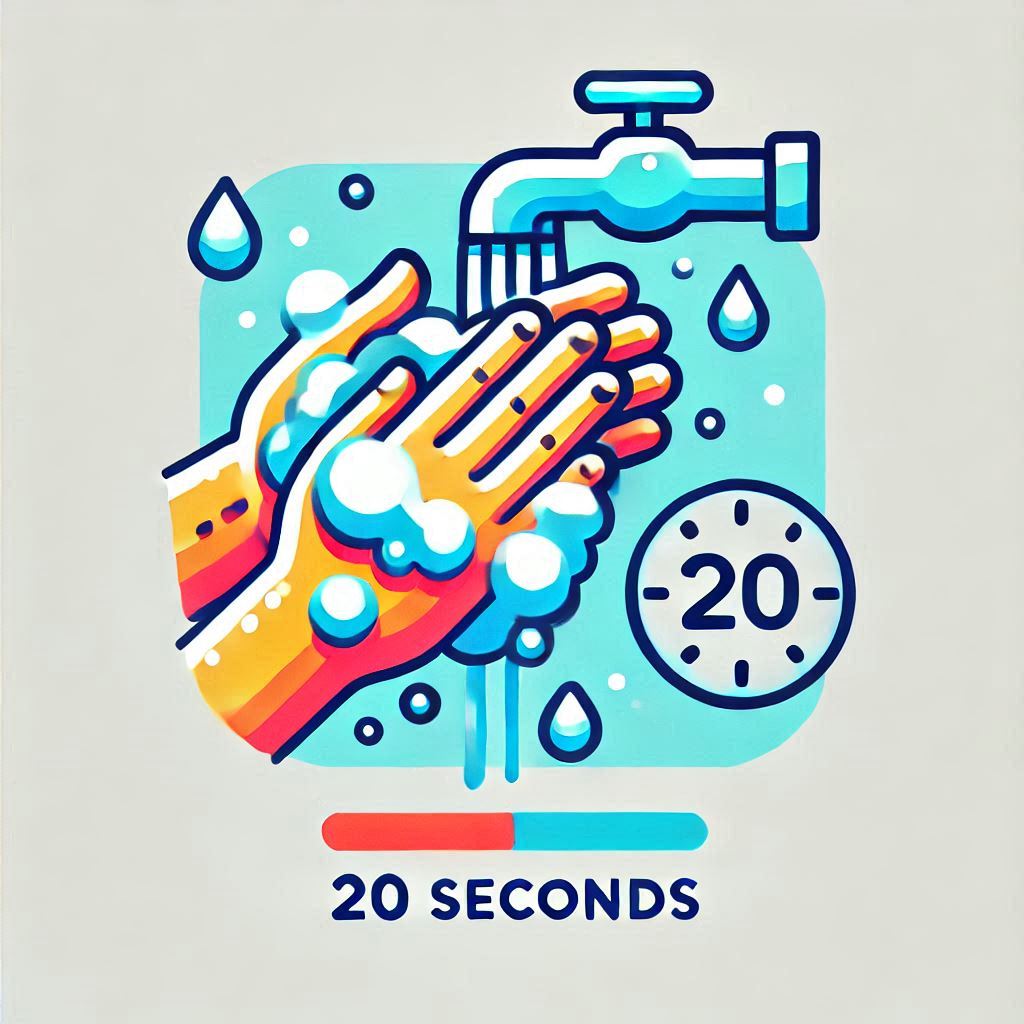
Wash Hands Frequently

Disinfect Common Surfaces

Wear Masks
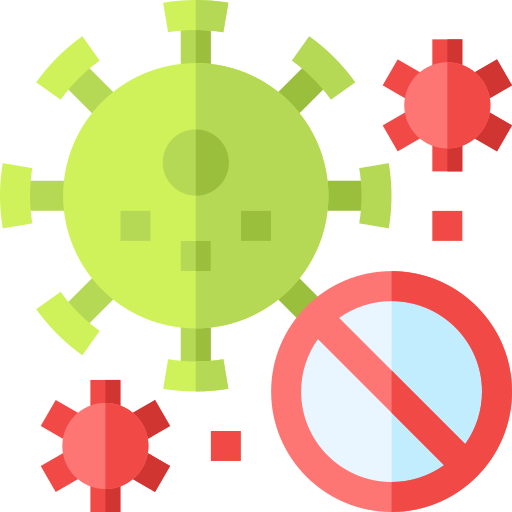
HMPV Virus Cases in Trending Countries
- China: Surge in pediatric cases due to crowded urban areas and post-COVID immunity gaps.
- India: Reports indicate rising infections among schoolchildren in metro cities.
- USA & UK: Winter outbreaks are common, with nursing homes and schools as hotspots.
- Japan: Enhanced hygiene protocols are being implemented to reduce spread in schools.
WHO Report Insight: HMPV Virus accounts for 5–10% of global respiratory infections, posing a significant health burden.

Human Metapneumovirus (HMPV)
1. What are the symptoms of the HMPV virus?
HMPV symptoms vary based on the age and health of the individual. Typical signs of HMPV infection may include a fever, persistent cough, nasal congestion, throat irritation, and general tiredness. In severe cases, it can lead to difficulty breathing, wheezing, rapid heartbeat, and pneumonia. Symptoms of HMPV generally emerge within 3 to 6 days after coming into contact with the virus.
2. How serious is metapneumovirus?
The seriousness of HMPV depends on the person affected. For healthy adults, it may cause mild respiratory illness, similar to the common cold. However, for high-risk groups such as children under five, elderly individuals, and those with weakened immune systems, the virus can lead to severe complications like pneumonia or bronchitis, which may require medical attention.
3. Is HMPV worse than RSV?
While HMPV and RSV are both respiratory viruses and share similarities, their impacts vary. RSV is more widely studied and known for causing severe infections in infants and young children. HMPV, on the other hand, often presents milder symptoms but can still cause severe illness in vulnerable groups. Both viruses are serious in high-risk populations, and the lack of a vaccine for HMPV makes prevention crucial.
4. How does human metapneumovirus compare to COVID-19?
HMPV and COVID-19 both affect the respiratory system, but they differ significantly:
- Transmission: COVID-19 spreads faster and often through asymptomatic carriers, while HMPV has slower transmission with visible symptoms.
- Impact: COVID-19 has caused global pandemics, whereas HMPV results in seasonal outbreaks.
- Treatment: Vaccines are available for COVID-19 but not for HMPV, making preventive measures like hygiene essential for HMPV.
Although HMPV is less dangerous globally, it poses serious risks to high-risk individuals.
5. How long are you contagious with human metapneumovirus?
An individual infected with HMPV is typically contagious from a few days before symptoms appear until the symptoms subside. This period can last about 7–10 days. However, individuals with weakened immune systems may remain contagious for longer. Preventive steps, such as frequent handwashing and wearing masks, can help reduce the spread.
6. Is human metapneumovirus dangerous?
HMPV is particularly dangerous for vulnerable groups, including young children, the elderly, and immunocompromised individuals. Severe cases can lead to hospitalizations and, in rare cases, fatalities. While healthy individuals might only experience mild symptoms, the virus should not be underestimated, especially in community settings like schools and nursing homes.
7. What are the treatment options for human metapneumovirus?
At present, there are no targeted antiviral therapies or vaccines for HMPV. Care is aimed at alleviating symptoms and ensuring patient comfort. Treatment focuses on managing symptoms and providing supportive care. This may include rest, staying hydrated, over-the-counter medications for fever or congestion, and, in severe cases, oxygen therapy or hospitalization. Preventive measures remain the most effective way to protect against the virus.

Conclusion: Why Awareness is Critical
HMPV Virus is often underestimated but poses severe risks to high-risk groups. With rising global cases, early detection, prevention, and public awareness are crucial to controlling its impact.
By staying informed and adopting preventive measures, we can reduce the spread of this respiratory virus and protect vulnerable populations.

